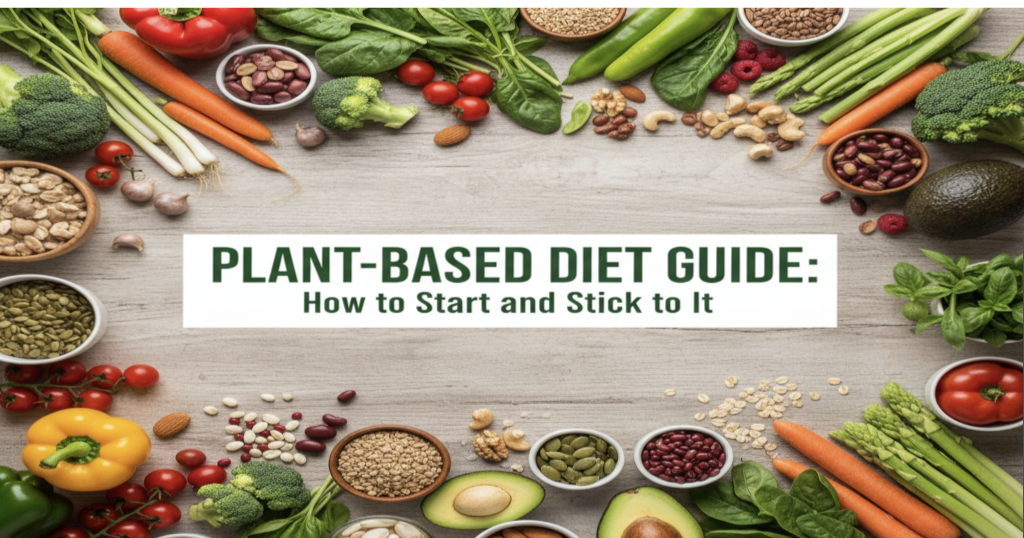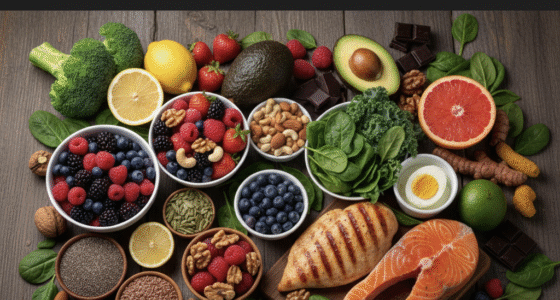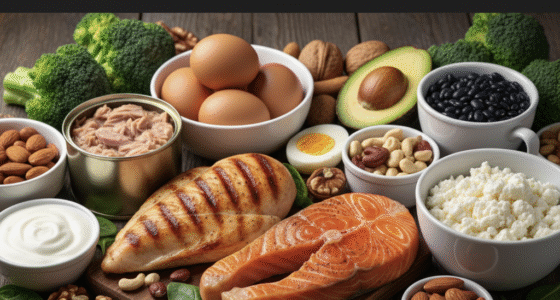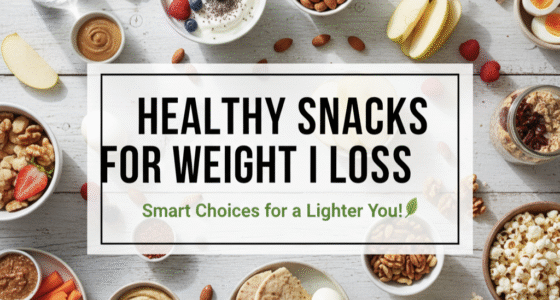The plant-based diet has gained massive popularity for its health, environmental, and ethical benefits. Whether your goal is to improve energy, manage weight, or reduce your carbon footprint, a plant-based diet can help. However, transitioning can be challenging without proper guidance. This Plant-Based Diet Guide will help you understand how to start and stick to a plant-based lifestyle while enjoying delicious, satisfying meals.
What is a Plant-Based Diet?
A plant-based diet emphasizes foods derived from plants—vegetables, fruits, whole grains, legumes, nuts, and seeds—while minimizing or eliminating animal products. Unlike strict veganism, plant-based eating focuses on **whole, nutrient-dense foods** rather than processed substitutes.
Benefits of a Plant-Based Diet
- Improved heart health: Reduced cholesterol, lower blood pressure, and decreased risk of heart disease.
- Weight management: High fiber and low-calorie foods help maintain a healthy weight.
- Better digestion: Increased fiber promotes gut health and regularity.
- Increased energy: Whole plant foods provide sustained energy without blood sugar spikes.
- Reduced inflammation: Antioxidants in fruits and vegetables combat inflammation and oxidative stress.
How to Start a Plant-Based Diet
1. Educate Yourself
Learn about the nutrients you need, including protein, vitamin B12, iron, calcium, and omega-3 fatty acids. Plant-based diets can provide all these, but planning is key.
2. Start Slowly
Transition gradually: start with one plant-based meal per day, then increase frequency. Replace meat with legumes, tofu, or tempeh in familiar recipes.
3. Plan Balanced Meals
Each meal should include:
- Protein: beans, lentils, tofu, tempeh, edamame, seitan
- Healthy fats: avocado, nuts, seeds, olive oil
- Complex carbs: whole grains, sweet potatoes, quinoa
- Vegetables: leafy greens, cruciferous vegetables, peppers
- Fruits: berries, citrus, apples, bananas
4. Stock Your Pantry
Keep essentials on hand: canned beans, lentils, frozen vegetables, whole grains, nuts, seeds, and plant-based milk. This makes it easier to prepare meals without relying on processed foods.
5. Experiment with Recipes
Try new cuisines like Mediterranean, Indian, or Thai that naturally emphasize plant-based dishes. Make smoothies, Buddha bowls, soups, and stir-fries for variety.
Tips for Sticking to a Plant-Based Diet
1. Meal Prep
Batch-cook grains and beans for the week. Chop vegetables in advance for quick meals. Pre-portion snacks like nuts or energy balls to avoid unhealthy temptations.
2. Focus on Flavor
Use herbs, spices, garlic, lemon, vinegar, and healthy sauces to enhance taste. Plant-based meals can be incredibly flavorful without needing cheese or meat.
3. Social and Lifestyle Tips
- Communicate with friends and family about your diet preferences.
- Find plant-based options when eating out—many restaurants offer vegan or vegetarian dishes.
- Keep healthy snacks with you to prevent impulse eating.
4. Track Your Nutrients
Ensure you meet daily requirements for:
- Protein: aim for 1–1.5 g/kg body weight
- Vitamin B12: supplement if needed
- Iron: include lentils, chickpeas, spinach
- Calcium: fortified plant milks, tofu, almonds, leafy greens
- Omega-3: chia seeds, flaxseeds, walnuts
Sample Plant-Based Meal Ideas
Breakfast
- Oatmeal with almond butter, chia seeds, and berries
- Green smoothie with spinach, banana, and protein powder
- Avocado toast with tomatoes and hemp seeds
Lunch
- Quinoa and black bean Buddha bowl with roasted vegetables
- Lentil soup with whole-grain bread
- Chickpea salad sandwich on whole-grain bread
Dinner
- Stir-fried tofu with broccoli, bell peppers, and brown rice
- Spaghetti with lentil marinara sauce
- Stuffed bell peppers with quinoa, beans, and vegetables
Snacks
- Roasted chickpeas or edamame
- Fruit and nut bars
- Hummus with carrot and cucumber sticks
Common Challenges and How to Overcome Them
1. Cravings for Meat or Cheese
Use plant-based alternatives like tofu, tempeh, seitan, or nutritional yeast. Explore umami flavors from mushrooms and soy sauce.
2. Eating Out
Research restaurant menus in advance. Opt for grain bowls, salads, or veggie-based dishes. Ask for modifications if needed.
3. Social Pressure
Stay confident in your choices. Bring a plant-based dish to parties or dinners to ensure there’s an option for you.
Conclusion
Adopting a plant-based diet in 2025 is easier than ever with the right knowledge, planning, and mindset. Focus on whole, nutrient-dense foods, experiment with new recipes, and plan your meals to make the transition sustainable. Over time, you’ll experience increased energy, improved health markers, and a greater connection to your food choices. Remember, the goal is progress, not perfection—start slowly, stick with it, and enjoy the journey toward a healthier, plant-powered lifestyle.









